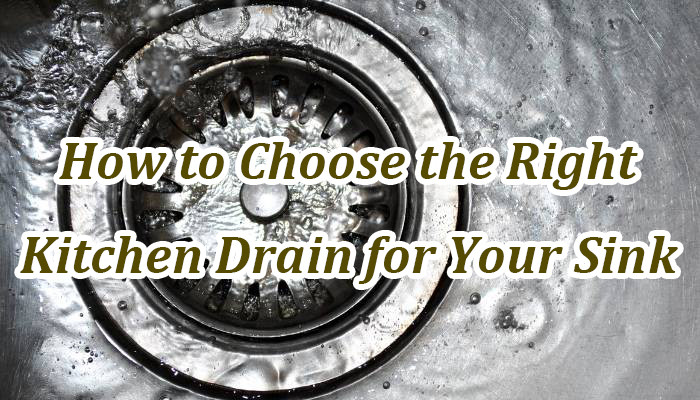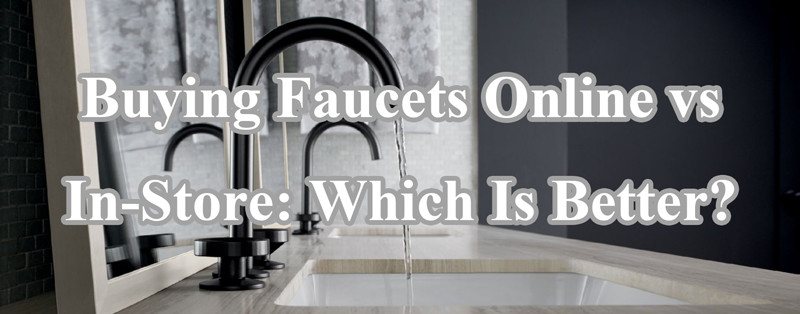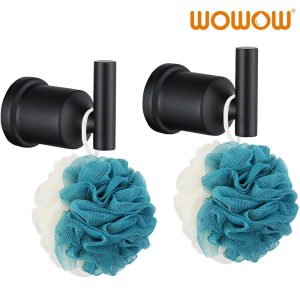
Choosing the right kitchen drain for your sink is an essential decision that impacts both the functionality and aesthetic of your kitchen. A well-selected drain ensures efficient water flow, prevents clogs, and complements the overall design of your kitchen. Here’s a comprehensive guide on how to choose the right kitchen drain for your sink.
Understanding the Types of Kitchen Drains
- Standard Kitchen Sink Drains: These are the most common type of drains found in kitchen sinks. They usually come with a basket strainer, which helps to trap food particles and prevent them from going down the drain.
- Bar Sink Drains: Typically smaller in size, these drains are designed for bar sinks or prep sinks. They also often come with a strainer but may have different dimensions compared to standard kitchen sink drains.
- Garbage Disposal Drains: If you have a garbage disposal unit, you’ll need a drain that is compatible with it. These drains are designed to connect securely to the garbage disposal unit and handle the additional waste processing.
- Pop-Up Drains: Commonly used in bathroom sinks, pop-up drains can also be found in some kitchen applications. They allow you to close the drain with a lever or a push button, which can be useful for soaking dishes.
Material Considerations
- Stainless Steel: Stainless steel drains are durable, resistant to rust, and blend seamlessly with stainless steel sinks. They are an excellent choice for those looking for long-lasting performance.
- Brass: Brass drains are known for their durability and resistance to corrosion. They often have a more classic look, which can add a touch of elegance to your kitchen.
- Plastic: Plastic drains are usually more affordable but may not be as durable as metal options. They are less prone to rust but can be less aesthetically pleasing.
- Copper: Copper drains offer a unique, rustic look and are highly durable. They are resistant to bacteria, making them a hygienic choice for kitchen sinks.
Size and Compatibility
Ensure the drain you choose is compatible with your sink. Most kitchen sinks have a standard drain opening of 3.5 inches, but it’s essential to measure your sink’s opening to ensure a proper fit. For sinks with different sizes, you may need to look for drains that match those specific dimensions.
Strainer Baskets and Stoppers
- Removable Strainer Baskets: These are ideal for catching food particles and can be easily removed for cleaning. They are a must-have for preventing clogs and keeping your sink hygienic.
- Stoppers: Some drains come with stoppers that allow you to fill the sink with water. This feature is useful for washing dishes or soaking pots and pans.
Installation and Maintenance
- Ease of Installation: Some drains are easier to install than others. If you’re doing a DIY installation, look for drains with straightforward instructions and necessary hardware included.
- Maintenance: Consider how easy the drain is to clean. Drains with removable components, like strainer baskets, make cleaning more manageable. Stainless steel and brass drains are generally easier to maintain compared to plastic ones, which can stain more easily.
Design and Finish
- Aesthetic Match: Choose a drain that complements the overall design of your kitchen. For a cohesive look, match the finish of your drain to your faucet and other fixtures. Common finishes include brushed nickel, chrome, oil-rubbed bronze, and matte black.
- Modern vs. Classic: Consider whether your kitchen has a modern or classic design. Modern kitchens may benefit from sleek, minimalistic drain designs, while classic kitchens may look better with more ornate or traditional styles.
Additional Features
- Anti-Clog Technology: Some modern drains come with built-in features to prevent clogs. These can be particularly useful in busy kitchens.
- Integrated Overflow Protection: This feature helps to prevent water from overflowing if the sink is left unattended. It’s a good safety feature for households with children or elderly members.
- Sound Dampening: Certain drains come with sound-dampening features to reduce the noise of running water and waste disposal. This can create a quieter kitchen environment.
Environmental Considerations
- Recyclable Materials: Opt for drains made from recyclable materials like stainless steel or brass. These materials have a lower environmental impact compared to plastic.
- Water-Saving Designs: Some drains are designed to reduce water usage, which can be beneficial for both the environment and your utility bills.
Budget
- Affordability: Kitchen drains come in a wide range of prices. Set a budget before you start shopping to narrow down your options.
- Value for Money: Consider the long-term value of the drain. A more expensive, durable drain might be a better investment than a cheaper, less durable option.
Conclusion: How to Choose the Right Kitchen Drain for Your Sink
Choosing the right kitchen drain for your sink involves considering various factors, including type, material, size, and additional features. By understanding your needs and preferences, you can select a drain that enhances the functionality and aesthetic of your kitchen, ensuring it remains efficient and visually appealing for years to come. Whether you prioritize durability, ease of maintenance, or a specific design, there’s a kitchen drain out there that’s perfect for you.
 WOWOW Faucets
WOWOW Faucets







您好!Please sign in